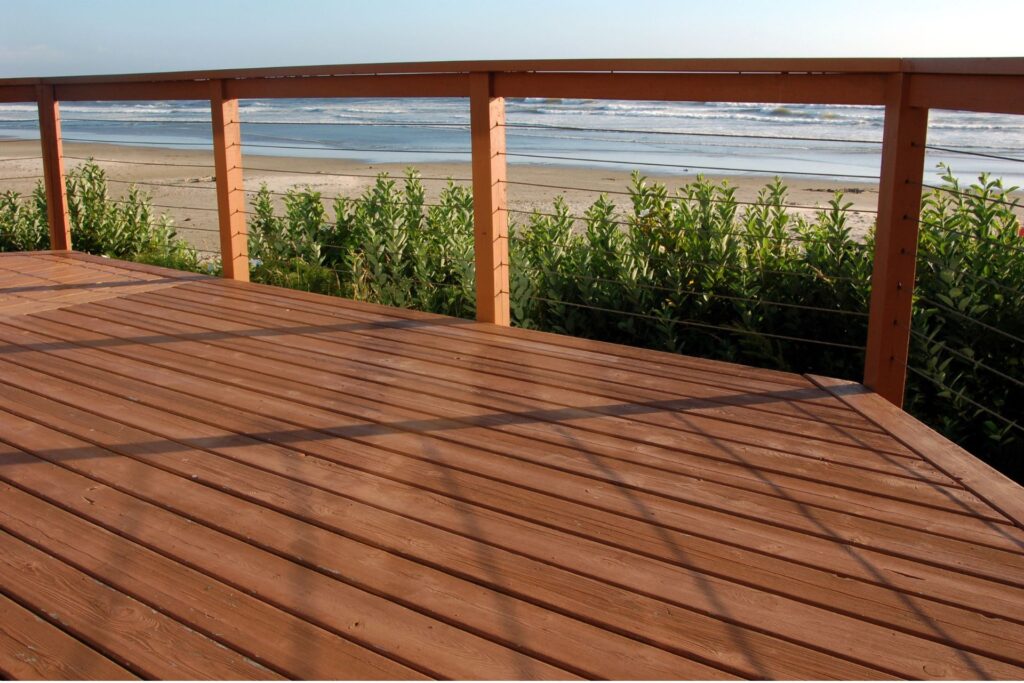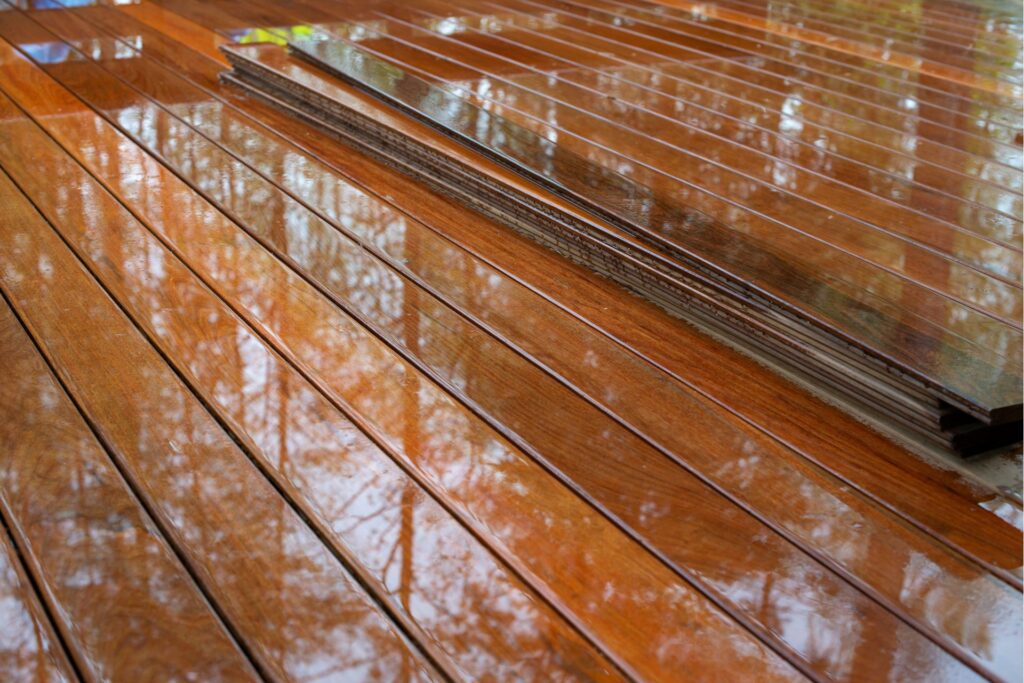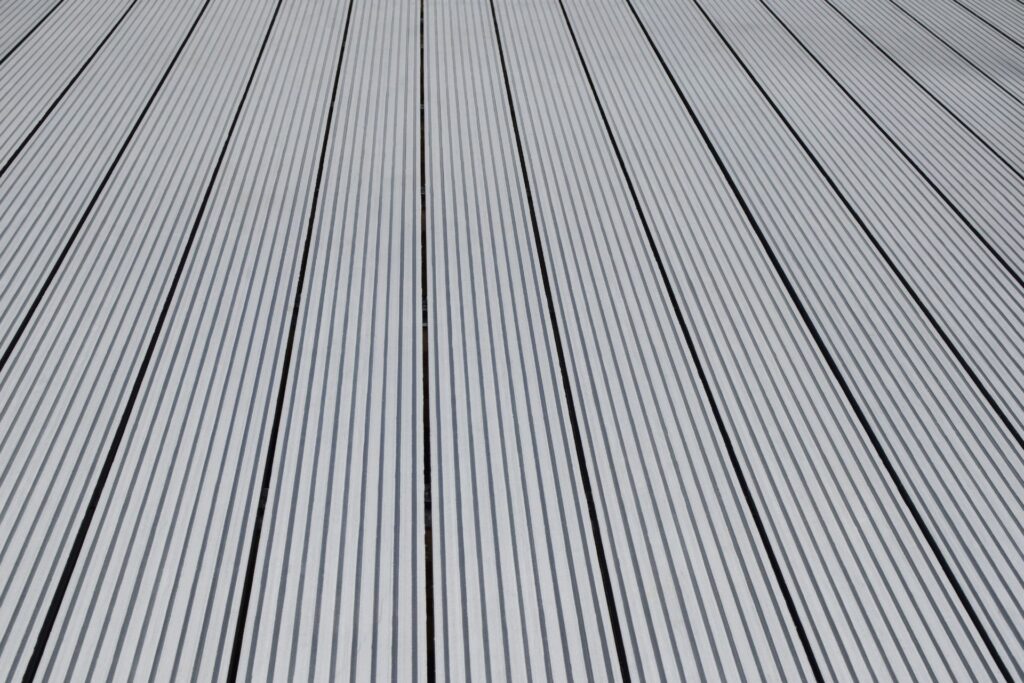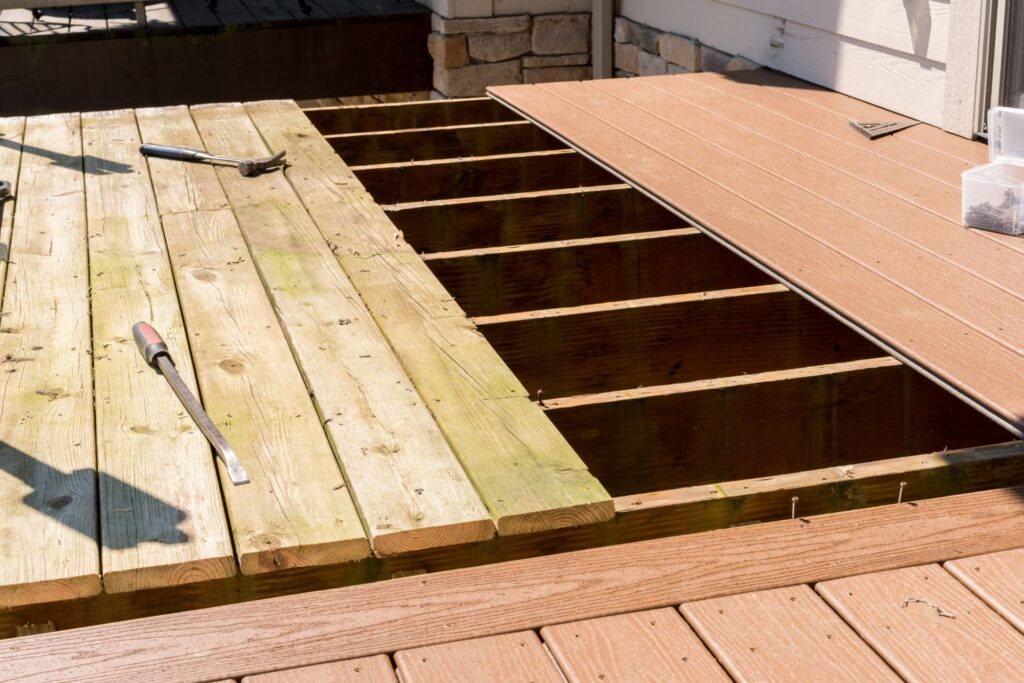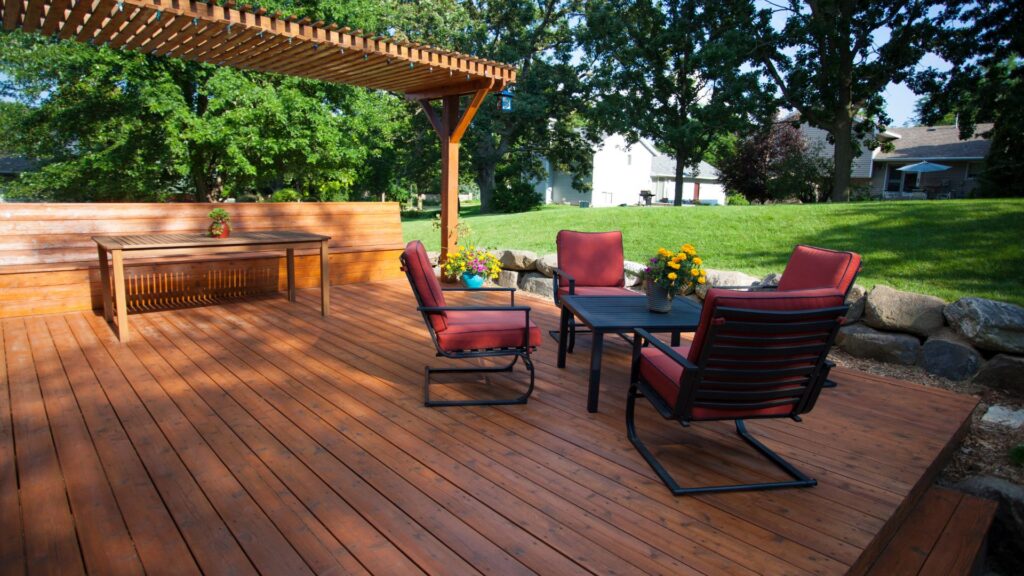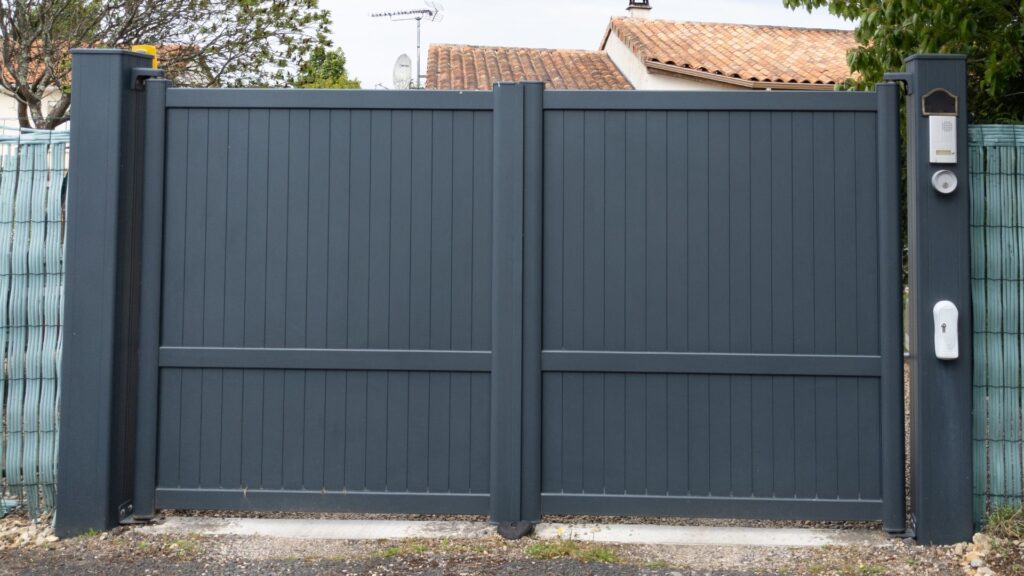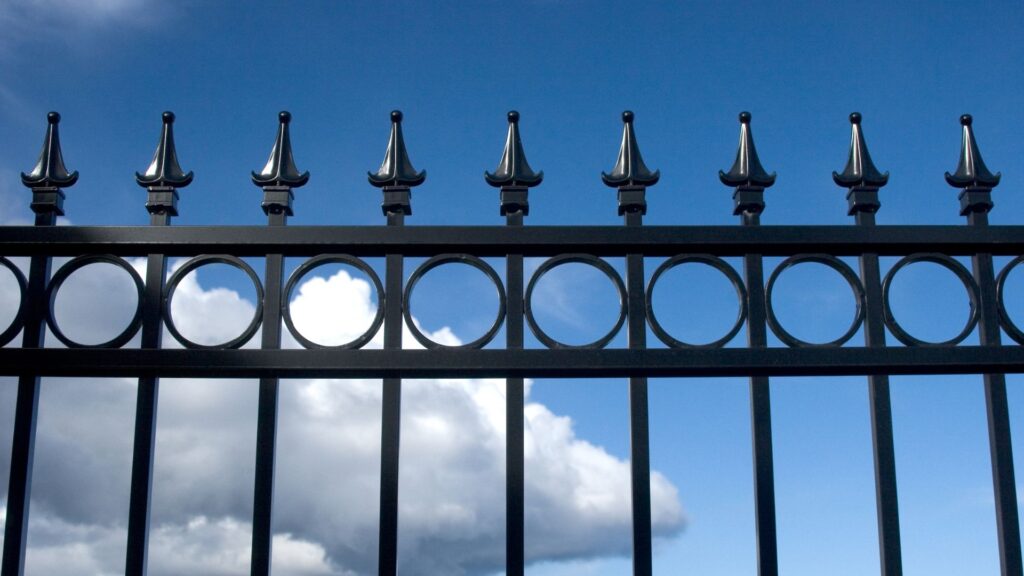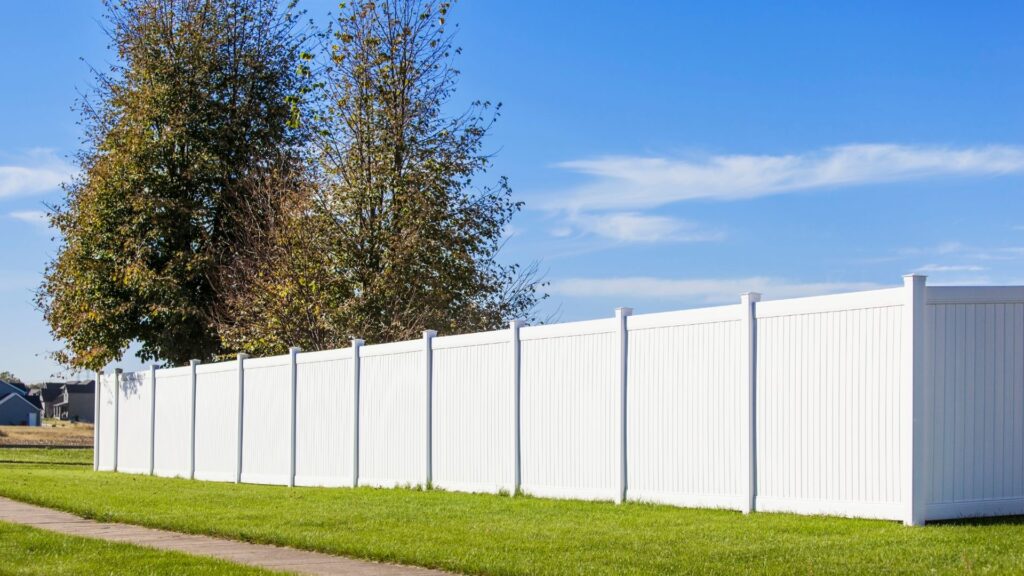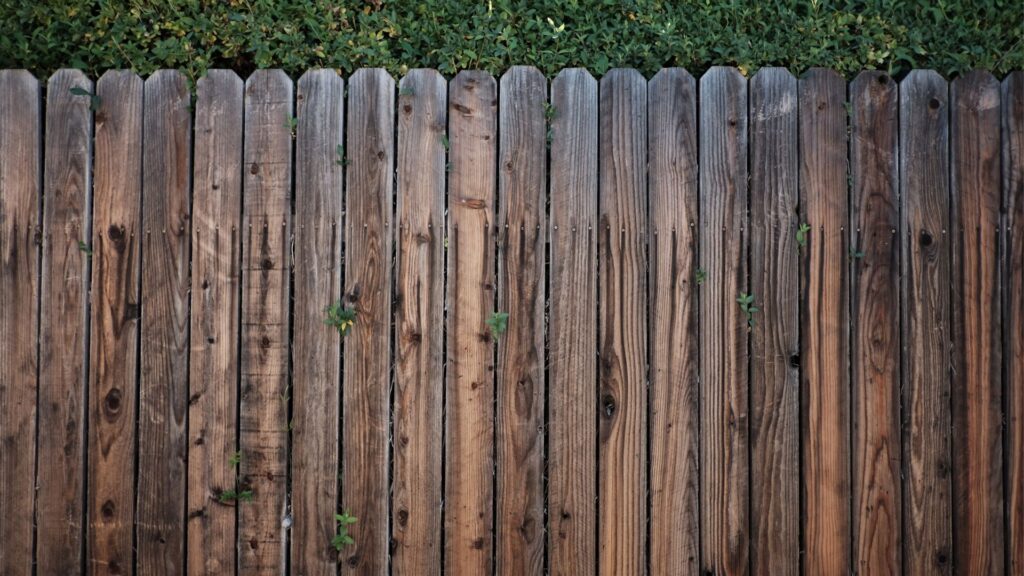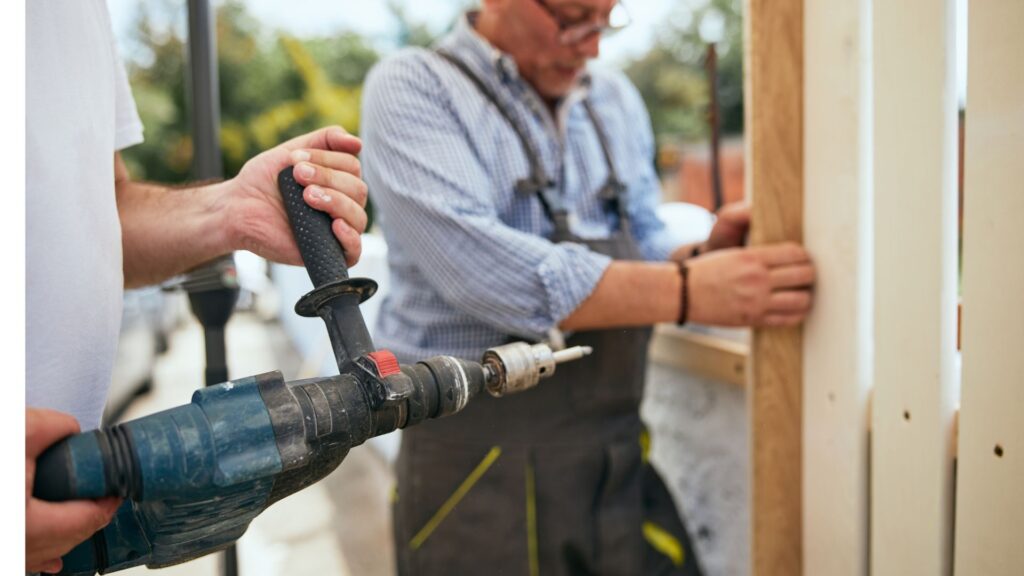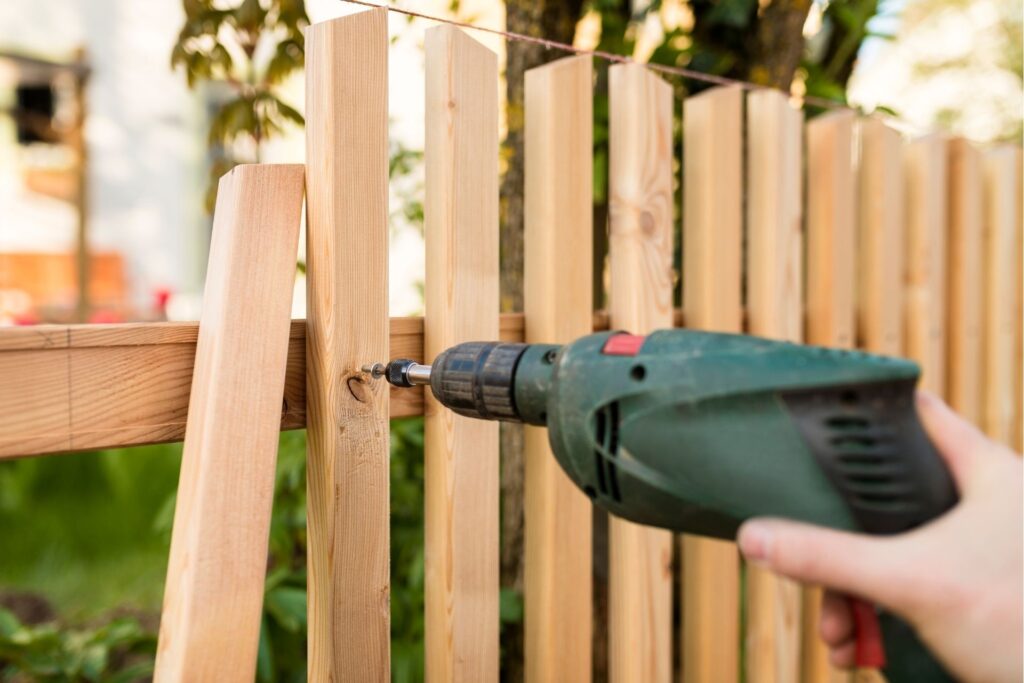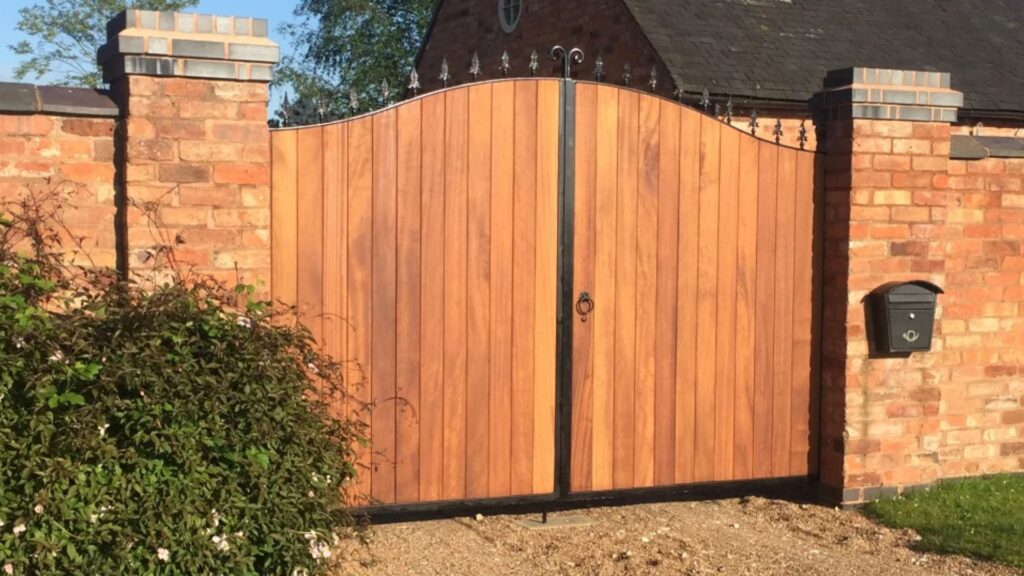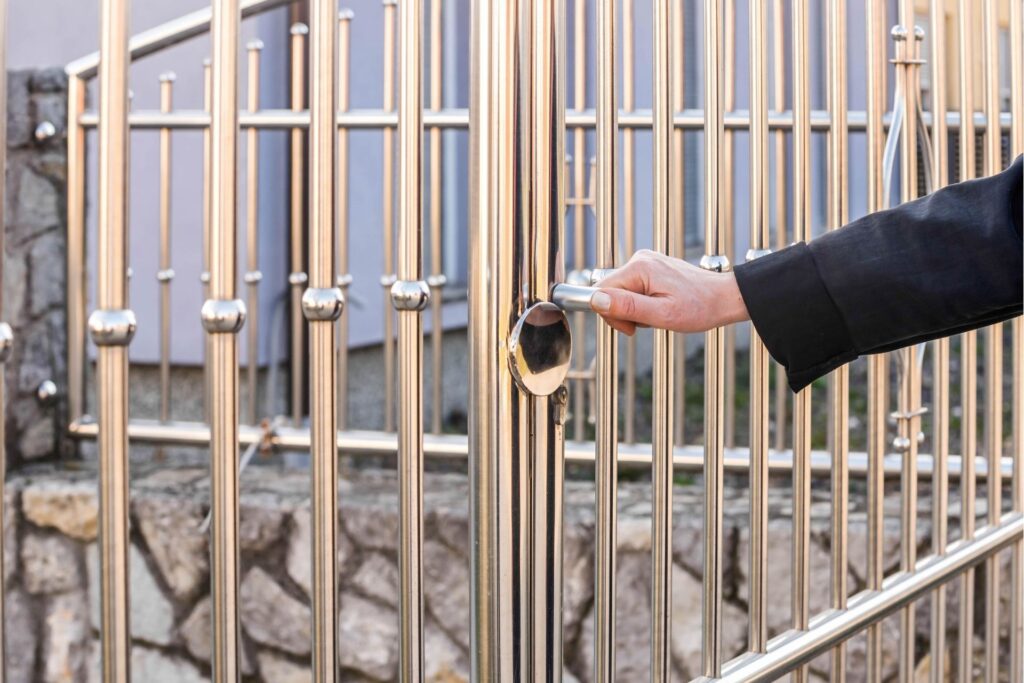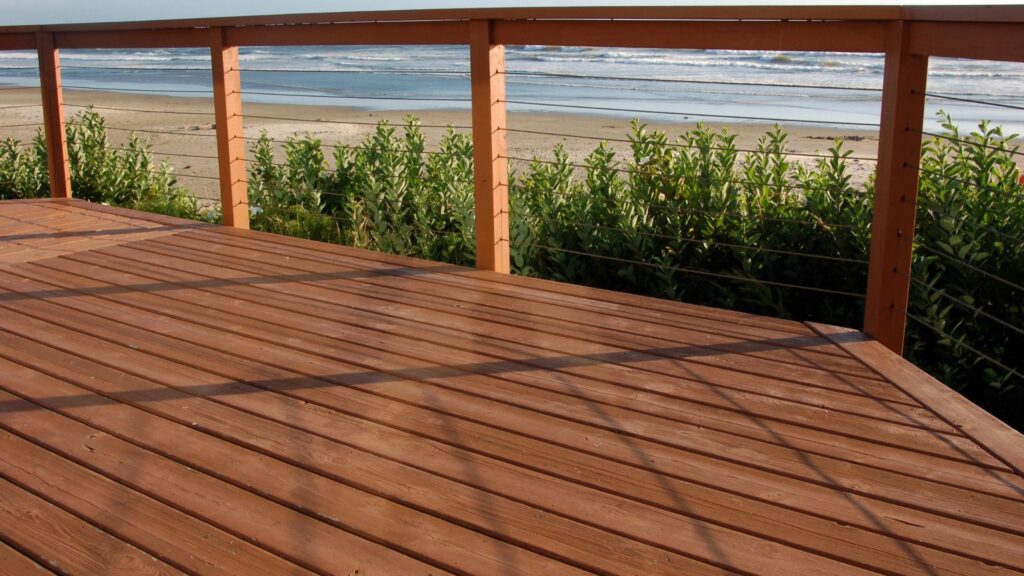Welcome to our comprehensive guide on the cost of Kwila decking in New Zealand! If you’re considering enhancing your outdoor space with this stunning and durable hardwood, you’re likely curious about the investment involved. Kwila decking has become a popular choice among homeowners due to its natural beauty, resilience, and long-lasting appeal, making it an excellent option for withstanding New Zealand’s diverse climate. In this post, we’ll break down the various factors that influence the cost of Kwila decking, compare it to other materials, and offer practical tips for managing your budget while achieving your dream outdoor space.
The cost of Kwila decking in New Zealand typically ranges from $100 to $180 per square meter, depending on the quality of the wood and supplier. Factors like deck size, design complexity, and regional labor rates also impact the total cost. While Kwila is more expensive than other decking materials, its durability, weather resistance, and aesthetic appeal make it a popular choice for long-lasting outdoor spaces.
Table of Contents
What Is Kwila Decking And Why Is It Popular In NZ
- What is Kwila: Kwila, also known as Merbau, is a tropical hardwood renowned for its strength, durability, and rich visual appeal. Originating from Southeast Asia, particularly Indonesia and Papua New Guinea, Kwila has become a favored timber choice for outdoor decking in New Zealand. It is easily recognizable by its dense structure and striking reddish-brown color, which deepens and becomes even more attractive with age and exposure to sunlight.
Kwila is highly regarded for its robustness, making it well-suited for the diverse and often unpredictable New Zealand climate. The wood is dense and oily, giving it excellent resistance to moisture, pests, and rot—features that are essential for outdoor use, particularly in environments exposed to heavy rainfall, humidity, or coastal conditions.
- Why Is Kwila Well-Suited for New Zealand’s Climate and Outdoor Spaces: New Zealand’s climate can be tough on outdoor materials, with significant variations between its temperate regions and wet coastal zones. Kwila’s natural oils and high density make it exceptionally resistant to New Zealand’s moisture, harsh UV rays, and fluctuating temperatures. This durability ensures that Kwila decking can maintain its structural integrity and aesthetic appeal for many years, even under constant exposure to the elements.
Moreover, Kwila’s ability to resist warping and cracking, which are common issues with other types of wood in similar climates, makes it ideal for decks, patios, and other outdoor structures. This adaptability to environmental stressors is one of the key reasons homeowners across New Zealand opt for Kwila decking when building or upgrading their outdoor spaces.

Benefits Of Kwila Decking
- Durability and Resistance to Weather, Pests, and Wear
Kwila is renowned for its toughness and resistance to the challenges that come with outdoor exposure. Its natural oils act as a defense mechanism against water infiltration, which helps to prevent decay and mold growth. In addition, Kwila’s density means it can withstand significant wear and tear without showing signs of damage, making it a great choice for areas with heavy foot traffic. It’s also highly resistant to pests like termites, reducing the need for chemical treatments or frequent maintenance. - Aesthetic Appeal
One of the standout features of Kwila decking is its rich, reddish-brown hue, which brings a warm and inviting ambiance to any outdoor setting. Over time, Kwila’s color evolves into a deeper, more sophisticated tone, giving the deck a timeless appeal. This natural beauty is further enhanced by the wood’s unique grain patterns, which add character to the space. Whether you’re designing a contemporary outdoor area or a rustic retreat, Kwila’s aesthetic versatility makes it an ideal option for various design preferences. - Longevity and Low Maintenance
Kwila’s durability also translates into longevity, meaning that once installed, a Kwila deck can last for decades with minimal intervention. The wood’s resilience against weathering and wear means it doesn’t need frequent repairs or replacements, and its natural resistance to pests further reduces upkeep requirements. Periodic cleaning and oiling may be necessary to maintain its color and luster, but compared to other decking materials, Kwila’s maintenance demands are relatively low.
Kwila decking’s combination of strength, beauty, and resilience makes it a popular choice in New Zealand’s challenging outdoor environments. Its long-lasting performance and natural charm ensure that it remains a favored material for homeowners seeking both functionality and style in their outdoor spaces.

Breakdown Of The Average Cost Of Kwila Decking In NZ
Price per Square Meter
Kwila decking remains one of the most sought-after hardwood materials in New Zealand, and its pricing reflects both its durability and aesthetic appeal. Currently, homeowners and builders can expect to pay anywhere between $100 and $180 per square meter for Kwila decking materials. This wide pricing range often depends on factors such as the quality of the wood, the supplier, and the quantity being purchased.
Higher-end Kwila, sourced from suppliers with robust sustainability practices or certifications, tends to be at the upper end of the scale. Additionally, the global supply chain plays a significant role in influencing costs. Any disruption in the supply of Kwila from Southeast Asia, for instance, may lead to price fluctuations. If demand is high and supply tight, costs can spike, pushing Kwila to the higher end of the market.
Factors That Influence Price Variation
Beyond the raw cost of Kwila, other factors can contribute to price variation. One such factor is sustainability certification. As consumers become increasingly environmentally conscious, they may seek suppliers who source Kwila from well-managed, sustainable forests. While this ensures the wood’s eco-friendly credentials, it often comes with a premium price.
Additionally, the length of the supply chain impacts costs. Decking sourced from local suppliers who have stable, direct relationships with overseas timber producers might offer more competitive prices. However, if you’re purchasing through multiple layers of middlemen, the price could inflate due to added markups along the way.
Cost of Kwila vs. Other Decking Materials
While Kwila is prized for its durability and rich red-brown color, it often carries a higher upfront cost when compared to alternatives like pine or composite decking. Pine, a more readily available and lower-cost option, might range from $40 to $80 per square meter, making it attractive to budget-conscious homeowners. Composite decking, a mix of wood fibers and plastic, tends to sit in a mid-range price point, typically costing between $120 and $150 per square meter.
Despite its higher initial cost, Kwila decking offers long-term value. Its natural resistance to decay, warping, and weather damage makes it a smart investment for those looking for a deck that will last for decades with minimal maintenance. Unlike pine, which requires frequent staining and sealing, or composite materials, which may fade over time, Kwila’s natural oils protect the wood from the elements. This durability, paired with its stunning appearance, means that while the upfront cost of Kwila decking may be steeper, the long-term benefits often outweigh the alternatives, especially in the context of New Zealand’s climate.
By carefully considering the cost breakdown and value of Kwila decking, homeowners in NZ can make informed decisions about which material best suits their budget and outdoor living vision.

Factors Influencing The Total Cost Of A Kwila Deck
When planning a Kwila deck, several factors come into play that can greatly influence the overall cost. Understanding these aspects can help you budget effectively and make informed decisions that balance quality, longevity, and affordability.
Size and Complexity of the Deck
The size and design of your deck are perhaps the most obvious factors influencing cost. Larger decks naturally require more Kwila timber, which is a premium hardwood known for its durability and deep reddish-brown color. This increase in material results in higher costs. But it’s not just about the square footage — complexity matters, too.
Intricate designs, such as multi-level decks, curved edges, or built-in features like seating or planters, can also drive up both material and labor costs. For example, adding stairs, balustrades, or custom shapes may require additional framing, cutting, and skilled craftsmanship, all of which extend the time and effort needed for construction. For this reason, a simple rectangular deck will be much more affordable than a sprawling, custom-designed outdoor living area.
Type of Substructure
While Kwila is the star of the show for your decking surface, the substructure is just as important and can greatly affect your budget. The type of foundation you choose will depend on factors such as the height of the deck, the load it needs to bear, and your local climate.
Timber framing is a popular option due to its cost-effectiveness and ease of installation, but it may require more maintenance over time, particularly in areas prone to moisture. On the other hand, steel framing is more expensive upfront but provides a more durable and long-lasting solution, especially in regions with harsh weather conditions. Steel frames resist rot, warping, and insect damage, which can save money on repairs in the long run, but they come with a higher initial price tag.
Choosing between timber and steel for your substructure will depend on your long-term goals for the deck, as well as your immediate budget constraints.
Installation Costs
Labor is another significant part of your Kwila deck’s total cost. Installation costs can vary widely across New Zealand, with rates generally falling between $70 to $120 per hour depending on the region and the complexity of the job. In urban centers like Auckland or Wellington, expect to pay closer to the upper end of that range, while rural areas may offer lower labor costs.
Hiring professionals ensures that the job is done to code and with a level of expertise that DIY enthusiasts might find challenging. Professional installers have the experience to manage complex designs, deal with unexpected issues like uneven terrain or poor soil conditions, and ensure that your deck is both structurally sound and visually appealing. However, this comes at a price, especially if you’re working with a large or intricate deck.
Alternatively, taking the DIY route can save on labor costs, but it’s important to weigh the risks. Without the right skills or tools, you could face delays, mistakes, and potentially higher costs if the deck needs to be redone or repaired. For smaller, simpler decks, DIY might be a feasible option, but for more complex builds, it’s often worth the investment to bring in a professional team.
The total cost of a Kwila deck depends on a combination of factors, including size, design complexity, substructure materials, and labor costs. By carefully considering each element, you can better tailor your project to suit your budget while still achieving the outdoor space of your dreams. Whether you opt for a straightforward DIY approach or choose to hire experienced professionals, understanding these cost drivers will help ensure that your investment in a Kwila deck pays off in the long term.

Regional Pricing Differences In NZ For Kwila Decking Costs
When considering the cost of Kwila decking in New Zealand, regional pricing differences can be quite significant. Whether you’re in Auckland, Wellington, Christchurch, or a more rural area, the price of both materials and labor can vary based on several factors.
Auckland
As the largest city in New Zealand, Auckland typically has higher costs across the board for Kwila decking. Materials such as Kwila wood are more readily available due to the city’s proximity to major ports, reducing transportation costs. However, labor costs are often higher due to increased demand for skilled tradespeople and the overall cost of living in the region. Additionally, competition among contractors can drive up prices, as more premium services are offered in a highly competitive market. Homeowners in Auckland can expect to pay a premium for both materials and labor, particularly for custom or high-end decking installations.
Wellington
In Wellington, the capital city, Kwila decking prices are generally more moderate compared to Auckland but still higher than in smaller cities or rural areas. While the supply of Kwila is steady, the unique geography and weather conditions in Wellington can sometimes make installations more complex, particularly if the site is on a steep slope or exposed to strong winds. Labor costs here tend to reflect the capital’s professional environment, but competition among contractors can help balance out the pricing. Wellington residents may find that while they pay slightly less for materials than in Auckland, the cost of labor could still be relatively high.
Christchurch
Christchurch, located in the South Island, presents another pricing variation. Here, Kwila decking materials might be slightly more expensive due to transportation logistics, as the wood often needs to be shipped from the North Island or overseas. However, labor costs in Christchurch tend to be lower than in Auckland and Wellington. The rebuilding efforts following the earthquakes have also spurred competition among builders, often resulting in more competitive pricing. As a result, homeowners in Christchurch may find a balance between moderately priced materials and affordable labor.
Rural Areas
In rural areas of New Zealand, Kwila decking prices can vary widely. The cost of materials tends to be higher, as transportation to remote locations adds to the overall expense. Additionally, labor costs may fluctuate depending on the availability of skilled tradespeople in the area. In many rural locations, there are fewer contractors available, and those willing to travel may charge a premium for their services. However, in some cases, local contractors may offer more affordable rates due to lower competition and overhead costs. It’s also common in rural settings for homeowners to take a more DIY approach, purchasing materials themselves and either completing the project independently or hiring local handymen at a reduced cost.
Why Costs Differ in Urban vs. Rural Settings
The disparity between urban and rural Kwila decking costs can be traced back to several key factors.
- Availability of Materials: Urban areas, especially cities like Auckland, benefit from better supply chains and proximity to suppliers. In contrast, rural areas often face higher transportation costs for materials, as they need to be delivered over longer distances.
- Labor Competition: In cities, the higher population density leads to more competition among contractors, which can both increase and decrease prices depending on the demand. Urban contractors may offer a range of services, from budget-friendly to high-end, which gives homeowners more options. In rural areas, there are fewer contractors to choose from, and the lack of competition may result in higher labor costs. However, some local tradespeople may charge less due to lower operating costs and reduced demand.
- Logistics and Travel Costs: In rural settings, the distance contractors must travel to reach a job site can significantly impact labor costs. Contractors may charge more to compensate for time spent on the road and the fuel costs associated with long-distance travel. Urban contractors, by contrast, typically serve more concentrated areas, reducing travel expenses.
Understanding these regional variations is crucial for homeowners planning a Kwila decking project. By factoring in both material and labor costs, as well as the unique challenges of their location, they can make informed decisions and budget accordingly.

Tips For Reducing The Cost Of Kwila Decking
When it comes to building a stunning Kwila deck, one of the biggest concerns is the cost. However, by making strategic decisions and considering a few cost-saving measures, you can still achieve the deck of your dreams without overspending. Here are some practical tips to reduce the cost of Kwila decking.
Shop Around for Quotes
Before committing to any supplier or installer, it’s important to take the time to shop around and compare quotes. Every supplier and contractor has their own pricing structure, which can vary significantly based on factors like materials, labor costs, and location. To ensure you’re getting the best deal, request multiple quotes from reputable suppliers and installers. Don’t just focus on the overall price, examine what each quote includes, such as the quality of Kwila, installation services, and any warranties offered.
When comparing quotes, consider the breakdown of costs. Are there hidden fees? Are they using genuine Kwila wood, or is it a lower grade that could affect the longevity and appearance of your deck? Ensure that you’re comparing apples to apples, meaning the quality and scope of the work should be equivalent across all quotes. If a particular supplier or installer offers an unusually low quote, take a closer look to make sure they’re not cutting corners that could lead to costly repairs down the line.
Opt for Off-Season Installations
One often-overlooked tip for reducing decking costs is to schedule your project during the off-season. In most regions, spring and summer are peak times for deck installations as homeowners rush to get their outdoor spaces ready for warm-weather activities. As a result, decking materials and labor are in high demand, and prices can spike.
By planning your Kwila decking installation in the fall or winter, you can potentially take advantage of lower prices. Suppliers and contractors are often more flexible during the off-peak season, and you may even find discounts or promotions that aren’t available during the busier months. While building in the cooler months might seem less ideal, the cost savings could make it worthwhile, especially if you’re not in a rush to use your deck right away.
Consider Mixed Materials
Kwila is prized for its rich, reddish-brown color and durability, but it is also one of the more expensive decking options. A smart way to save on your overall decking cost is to blend Kwila with other, less expensive materials. For example, you might use Kwila for the main deck area where aesthetics are most important, and opt for a more budget-friendly wood or composite material for the substructure, railings, or accents.
Mixing materials doesn’t just save money it can also create a unique design. Combining Kwila with lighter woods or modern composites can give your deck an interesting contrast in both texture and color. Additionally, incorporating elements like metal or glass railings can further enhance the visual appeal while keeping costs manageable.
The key is to plan your design carefully, balancing the luxurious look of Kwila with practical, cost-effective materials where they make the most sense. Consulting with a professional can help you strike the right balance between aesthetics and budget.
By following these tips, comparing quotes, considering off-season installations, and incorporating mixed materials you can significantly reduce the cost of your Kwila decking project without sacrificing quality or style.

Maintenance Costs Of Kwila Decking
Initial Treatment Costs
When you first install a Kwila deck, the initial treatment is crucial for preserving its rich, reddish-brown color and overall durability. Kwila wood, while naturally dense and weather-resistant, benefits greatly from a protective layer of oil, stain, or sealant. This not only enhances its appearance but also helps to shield it from the elements. The cost for this initial treatment can vary depending on the size of the deck and the specific product used, but you can expect to spend anywhere from $100 to $200 for high-quality oils or sealants. If you opt for professional application, labor costs will add to the total, typically ranging from $150 to $300. Investing in this initial treatment sets the foundation for a long-lasting deck that retains its aesthetic appeal.
Ongoing Maintenance
To keep your Kwila deck looking its best and to maintain its structural integrity, ongoing maintenance is necessary. This typically involves reapplying oil or stain annually to protect the wood from UV rays, moisture, and general wear and tear. The frequency of treatments will depend on the climate and the level of exposure your deck has to sun, rain, and foot traffic. For most decks, an annual application is sufficient, with costs ranging between $100 to $150 for materials. If you hire professionals to handle the maintenance, expect to pay around $200 to $400, depending on the size of the deck and the condition of the wood.
Skipping this regular maintenance can lead to more costly repairs down the road. Unprotected Kwila can fade, crack, or warp over time, requiring more intensive restoration work. Therefore, staying on top of these treatments is an investment in the longevity and appearance of your deck.
How Proper Maintenance Extends Deck Lifespan
Proper maintenance of your Kwila deck isn’t just about keeping it looking good in the short term; it’s about ensuring that your deck lasts as long as possible. Regularly oiling or staining the deck helps to prevent the wood from drying out and becoming brittle, which can lead to cracking and splintering. Additionally, protecting the wood from moisture prevents issues like warping and mold growth, both of which can drastically shorten the lifespan of your deck.
By consistently maintaining your Kwila deck, you can avoid the high costs of major repairs or even full deck replacement. While the annual upkeep may seem like a recurring expense, it pales in comparison to the cost of replacing damaged boards or reconstructing an entire deck. In the long run, spending a few hundred dollars each year on maintenance can save you thousands in repair or replacement costs. Furthermore, a well-maintained deck adds value to your home and ensures that you can continue enjoying your outdoor space for many years to come.
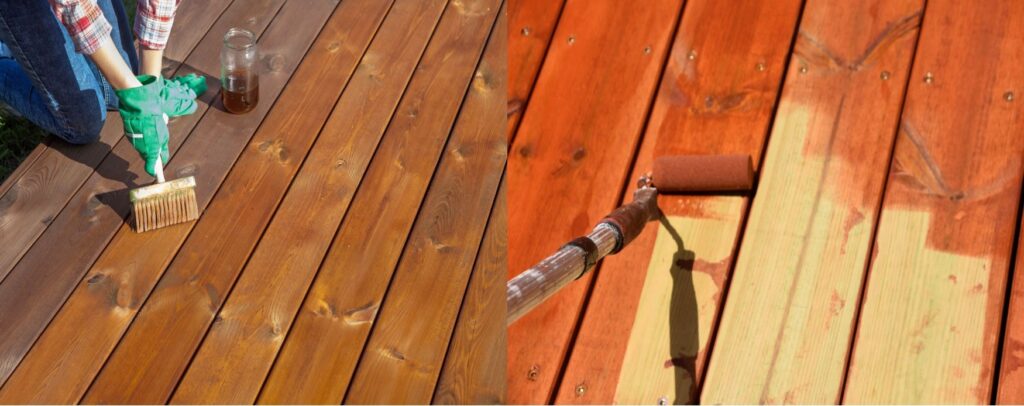
Is Kwila Decking Worth The Investment
Value for Money
When deciding whether Kwila decking is worth the investment, it’s important to assess the cost-benefit ratio based on several key factors: durability, aesthetics, and long-term savings.
Kwila, also known as Merbau, is a premium hardwood commonly used for decking due to its remarkable resilience and natural beauty. While the initial cost of Kwila decking can be higher compared to other timber options, its durability makes it a standout choice for homeowners seeking long-term value. Kwila is highly resistant to rot, decay, and insect damage, which significantly reduces the need for maintenance or replacement over time. In contrast to cheaper alternatives that may require frequent sealing, repairs, or even replacement, Kwila’s robustness can translate into substantial savings in the long run.
From an aesthetic perspective, Kwila’s deep reddish-brown hue and fine grain pattern create a stunning visual appeal. Over time, the wood naturally weathers to a silver-grey patina, but its initial rich appearance can be maintained with periodic oiling. This versatile aesthetic allows Kwila decking to enhance a wide variety of outdoor spaces, adding value to the property itself. For homeowners who prioritize both form and function, the visual charm combined with the low maintenance needs of Kwila decking offers an exceptional return on investment.
Additionally, the long-term cost benefits of Kwila decking extend beyond just durability and aesthetics. It is also an environmentally sustainable option, as it is often sourced from certified plantations. Choosing Kwila supports responsible forestry practices, ensuring that the investment is not only good for the home but also for the environment. By weighing the upfront costs against the benefits of reduced maintenance, superior appearance, and eco-friendliness, it’s clear that Kwila decking delivers exceptional value for money.
Customer Testimonials and Case Studies
To further assess whether Kwila decking is worth the investment, let’s turn to real-life examples from homeowners who have already made the choice.
One couple from Wellington, for example, installed Kwila decking in their backyard five years ago. They initially hesitated due to the higher price point, but they have since expressed their satisfaction with the investment. “We haven’t had to replace a single board,” they said. “The deck still looks stunning, and all we do is oil it once a year.” For them, the durability of Kwila and its ability to withstand New Zealand’s varying climate has been worth every penny.
Similarly, a homeowner in Auckland shared her experience after comparing Kwila to cheaper pine decking options. “We did the math and realized that while pine would need replacing in 10 years, Kwila would last much longer,” she explained. “Yes, Kwila was more expensive upfront, but the long-term savings in maintenance and replacement made it the smarter choice.”
These testimonials echo the experiences of numerous homeowners who have invested in Kwila decking. They reflect a consistent theme: while the initial investment might be higher, the long-term benefits in terms of durability, aesthetic appeal, and reduced maintenance make Kwila decking a wise financial decision. For those who prioritize both quality and value, Kwila is not just a purchase, it’s an investment in the longevity and beauty of their outdoor space.
By considering both the practical and aesthetic benefits of Kwila, along with real-life customer experiences, it becomes clear that Kwila decking offers a compelling value proposition for homeowners who are willing to invest upfront for long-term returns.
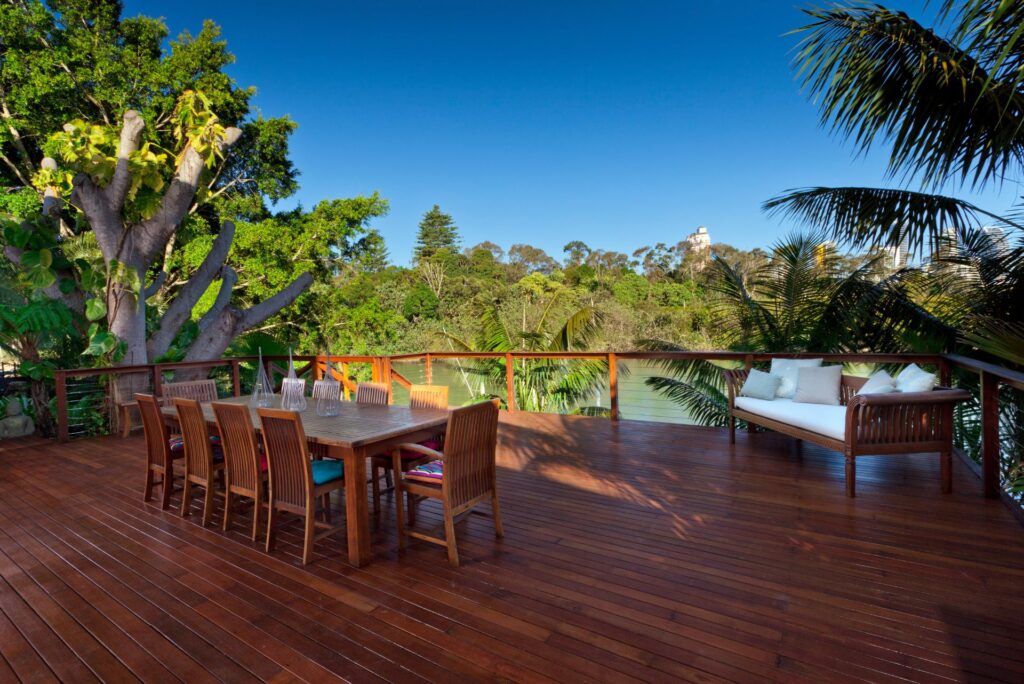
How To Get Accurate Quotes For Kwila Decking In NZ
Getting accurate quotes for your Kwila decking project in New Zealand is key to ensuring your budget is well-planned and that there are no surprises down the line. To achieve this, it’s essential to request detailed quotes and ask the right questions when speaking to potential installers. Here’s a step-by-step guide to help you secure precise estimates for your Kwila decking project.
Requesting Detailed Quotes
When requesting a quote for Kwila decking, it’s important to ensure that all aspects of the project are covered. This will help avoid any unexpected costs later on. Here are the key components you should ask to be itemized.
- Materials: Ensure the quote includes the total cost of all materials required. This should cover not only the Kwila decking timber but also any additional materials such as screws, nails, or decking oil. Kwila is a premium hardwood, so you want to ensure that the type, grade, and quantity are clearly stated. Be specific—ask if the price includes premium, sustainably sourced Kwila, which can impact the cost.
- Labor: Labor costs are often a significant portion of any decking project, so it’s essential to have clarity. Ask the installer to break down the labor costs, including preparation, installation, and post-construction clean-up. Having labor costs itemized will allow you to compare quotes more effectively between different contractors.
- Substructure: Don’t forget to ask about the substructure. The support frame for your decking is just as important as the visible surface, and its materials and construction can greatly affect the overall cost. Request details on the type of timber used for the substructure, whether it’s treated for longevity, and whether the foundation is included in the quoted price.
- Finishing Costs: Kwila decking needs to be finished properly to maintain its durability and rich color. Make sure the quote includes finishing costs, such as oiling or sealing the decking, and whether additional costs for ongoing maintenance are outlined. These costs can add up, so it’s wise to have them clearly included from the start.
Questions to Ask Your Installer
Once you’ve reviewed the quotes, it’s time to ask your installer some key questions to ensure that you’re fully informed about the project. These questions can help prevent any potential misunderstandings and give you peace of mind moving forward.
- Installation Timelines: Ask your installer for a clear timeline for the project from start to finish. Ensure they specify when they plan to start and how long the installation is expected to take. This will help you plan around the construction, and ensure there are no delays or overruns that could impact your schedule.
- Maintenance Advice: Kwila decking is beautiful and durable, but it does require maintenance to retain its quality over time. Ask your installer for their maintenance recommendations, such as how often to reapply decking oil or how to properly clean and maintain the timber. Knowing the level of care your decking will need helps you prepare for long-term upkeep.
- Warranties: Inquire about the warranties offered for both the materials and the labor. Does the installer provide any guarantees on their work? Are the Kwila decking boards covered under warranty in case of defects? Clear warranty terms will give you confidence that the installer stands behind their craftsmanship and that the materials are of high quality.
By requesting detailed quotes and asking the right questions, you’ll be better equipped to choose the right installer for your Kwila decking project. The more specific and informed you are from the outset, the more likely you are to avoid unforeseen costs and ensure your new deck is built to last.

FAQs: About Cost Of Kwila Decking In NZ
What is Kwila decking?
Kwila decking is made from the Kwila hardwood tree, known for its rich reddish-brown color, durability, and resistance to weather and pests. It is a popular choice for outdoor decking in New Zealand due to its ability to withstand the country’s varying climates.
How much does Kwila decking cost in New Zealand?
New Zealand typically ranges from $100 to $180 per square meter, depending on the quality of the wood and the supplier. Installation and other factors can add to the overall cost.
Why is Kwila decking more expensive than other materials?
Kwila is a premium hardwood that is prized for its durability, resistance to the elements, and attractive appearance. The higher price reflects its long-lasting quality compared to cheaper options like pine or composite decking.
What factors affect the total cost of a Kwila deck?
The total cost of a Kwila deck depends on several factors, including the size of the deck, the complexity of the design, the type of substructure, installation labor, and regional variations in pricing across New Zealand.
Are there differences in Kwila decking costs across New Zealand?
Yes, there can be significant regional differences in Kwila decking costs. Urban areas like Auckland and Wellington may have higher labor rates and material costs compared to rural areas. Availability of materials and competition among contractors also play a role.
How can I reduce the cost of Kwila decking?
You can reduce the cost of Kwila decking by shopping around for quotes, opting for off-season installations, or considering a mix of materials (such as using Kwila only for key areas and combining it with less expensive materials).
What are the maintenance costs for Kwila decking?
Maintenance costs for Kwila decking include the initial treatment with oils, stains, or sealants to preserve its appearance. Ongoing maintenance, such as annual oiling, will also be required to protect the wood and maintain its color. These costs can add up but help extend the deck’s lifespan.
Is Kwila decking worth the investment?
Kwila decking is considered a worthwhile investment due to its durability, aesthetic appeal, and low long-term maintenance requirements. While the initial cost is higher, its longevity and resistance to damage often make it a more cost-effective option over time.
Can I install Kwila decking myself?
While DIY installation is possible, Kwila decking is a heavy hardwood that requires proper tools, experience, and preparation. Most homeowners prefer to hire professionals to ensure a high-quality installation, especially for more complex or large decks.
How do I get an accurate quote for Kwila decking in NZ?
To get an accurate quote for Kwila decking, be sure to request detailed quotes from multiple suppliers and installers. Ask for breakdowns of material costs, labor, substructure requirements, and any additional finishing or maintenance costs to compare options effectively.
Conclusion
In conclusion, understanding the costs of Kwila decking in NZ is essential for making informed decisions about your outdoor space. While the initial investment may seem high, the long-term benefits of Kwila decking such as its durability, natural beauty, and low maintenance—can far outweigh the upfront costs. When planning your project, it’s crucial to consider both the short-term expenses and the value it will add to your home in the long run. Now is the perfect time to gather quotes from reliable decking suppliers and installers to get started on upgrading your outdoor living area.
About the Author:
Mike Veail is a recognized digital marketing expert with over 6 years of experience in helping tradespeople and small businesses thrive online. A former quantity surveyor, Mike combines deep industry knowledge with hands-on expertise in SEO and Google Ads. His marketing strategies are tailored to the specific needs of the trades sector, helping businesses increase visibility and generate more leads through proven, ethical methods.
Mike has successfully partnered with numerous companies, establishing a track record of delivering measurable results. His work has been featured across various platforms that showcase his expertise in lead generation and online marketing for the trades sector.
Learn more about Mike's experience and services at https://theleadguy.online or follow him on social media:
